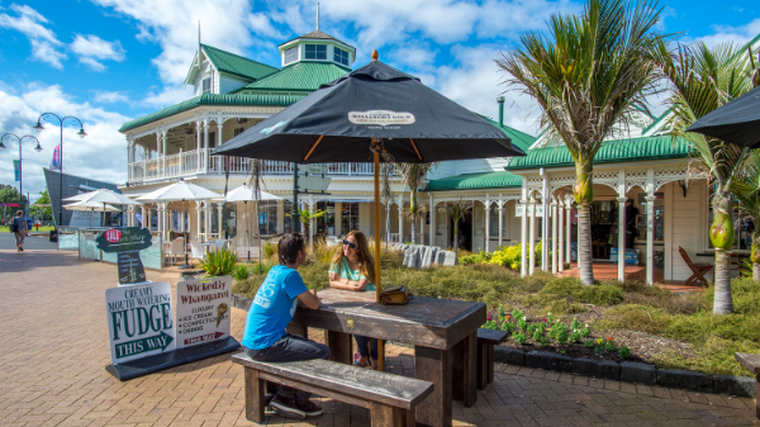Population climbing in all regions

Northland, Waikato and Bay of Plenty are the fastest-growing regions, according to new figures from Stats NZ.
A report released on October 22 shows the estimated resident population of the country’s 16 regions and most territorial authority areas grew in the year ended June 30, 2019.
Five regions enjoyed growth greater than the national average of 1.6 per cent, which took New Zealand’s population to 4,917,000.
Northland climbed 2.3 per cent to 188,700 people, Waikato 2.1 per cent to 482,100, Bay of Plenty 2 per cent to 324,200, Canterbury 1.8 per cent to 628,600 and Otago 1.7 per cent to 236,200.
At the other end of the scale, the number of residents in the West Coast region only increased by 0.2 per cent to 32,600 in the 12 months studied. Gisborne, Marlborough, and Southland all saw growth of just 0.8 per cent, with their populations now 49,300, 49,200 and 101,200 respectively.
Auckland, New Zealand’s largest region, saw its population climb 1.5 per cent to 1,642,800, while Wellington saw a 1.1 per cent rise to 527,800.
“This year, net migration contributed two-thirds of New Zealand’s population growth with natural increase contributing the remaining one-third,” Brooke Theyers, Stats NZ’s population insights senior manager, says.
“Net migration remains the largest component of growth across most of New Zealand, and that reflects the national trend.”
Net migration reflects people moving from one part of the country to another (internal migration) and people migrating in and out of New Zealand (external migration).
Among territorial authority areas, the South Island’s Selwyn district led the way with a 5.3 percent increase in population to hit 65,600, while Buller saw a drop of 0.3 per cent to 9,840 in the June year. In the North Island, Waikato district had a 2.8 per cent increase to 79,900, while Waitomo district suffered a 0.9 per cent decrease in population to 9,490 over the same period.
The latest Stats NZ figures supplement the national population estimates at June 30 this year and incorporate the new outcomes-based migration measure, and reflect population distributions in the 2018 Census population.
The June 2019 figures also show the median age across New Zealand’s 67 territorial authority areas ranges from 32.3 years (Hamilton city) to 54.0 years (Thames-Coromandel district). In 12 territorial authority areas (including all main cities) the median age is lower than the national median of 37.4.
“The median age is the age where half the population are younger, and half are older than this age,” Ms Theyers said.
A lower median age can be influenced by factors such as a higher share of children (aged under 15 years), or a tertiary facility (university or polytech) that can draw young adults (aged 15-29 years) to an area.
Areas with older median ages tend to have a higher proportion of people aged 65-plus and, as a result, are likely to have more deaths. In the June 2019 year, the areas with the largest proportions of people aged 65-plus were Thames-Coromandel and Kapiti Coast districts, and both had natural decreases (more deaths than births).
To read Stats NZ’s full population estimates report, click here.






